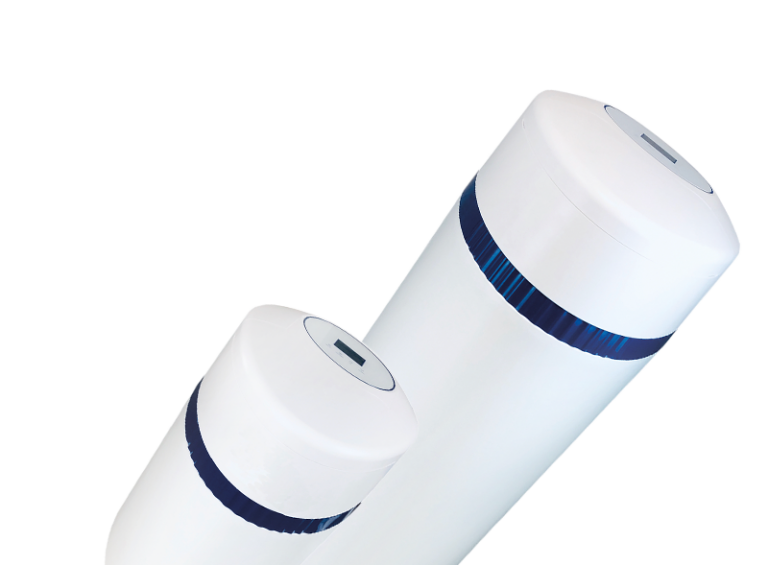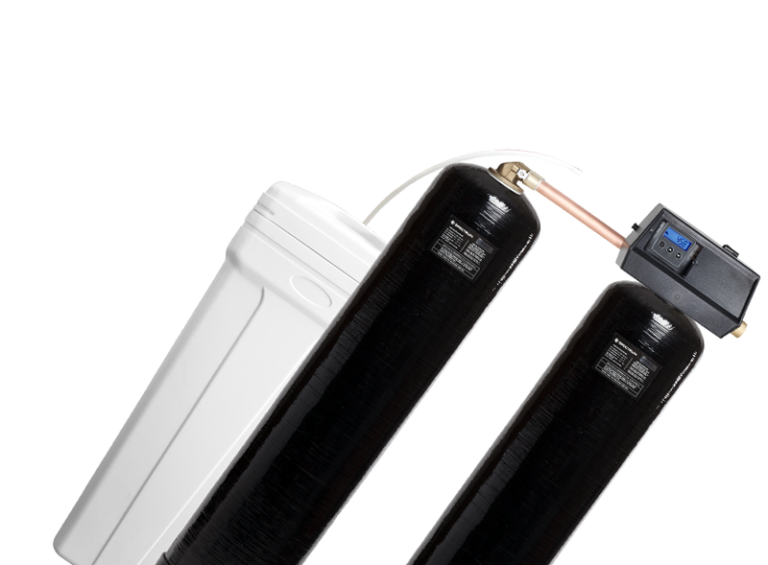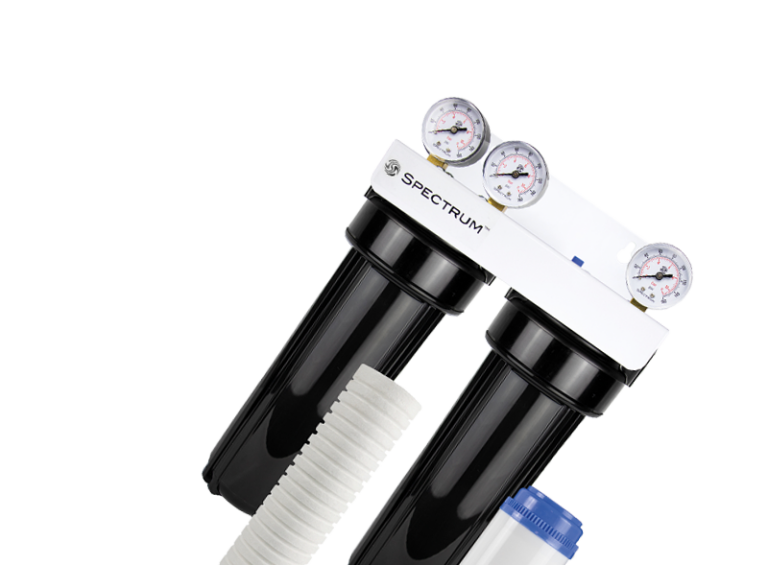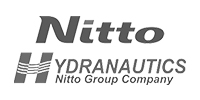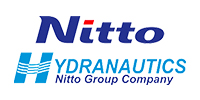T.A.C – The Revolutionary New Scale Treatment Product (Water Softening vs Conditioning)
So you thought scale control was only achievable through the conventional ion exchange process? We will take at look at both the traditional technology as well as the new kid on the block.
Did you know that Ipswich has the hardest water in the UK, approximately 420 milligrams per litre? According to local water authority figures the town in Suffolk has the highest level of calcium carbonate (CaCO3) in its water.
| Top 5 Hard Water Areas | |
| Place | Calcium Carbonate levels ppm / mg/l |
| Ipswich | >400 |
| Colchester | >370 |
| Luton | >360 |
| Norwich | >350 |
| Watford | >350 |
Source: Results have been taken from a general post code search on the relative local water authorities website.
Hard water is the product of soft water that has passed through ion-rich rocks on its journey through the freshwater cycle, and now contains more minerals, including calcium and magnesium (hardness forming ions). These minerals can form deposits, for example limescale, which need to be treated to prevent damage to pipework, heating elements and to maintain product quality.
When it comes to the issue of hard water a traditional water softener removes calcium and magnesium ions, leaving it with small quantities of what is known as “temporary hardness”. The softener replaces these ions with sodium through a process called ion exchange. Fileder has a newly updated range of softener systems to suit a variety of flow rates.
The SPECTRUM SWS Cabinet range is ideal for applications up to 57 litres per minute. The cabinet systems are compact units with integral resin and brine tanks. The fully integrated, touchscreen, display enables easy control of the system.
The SWS Simplex and PWS Duplex systems are a more traditional set-up, with separate resin and brine tanks. The use of the SPECTRUM 7 and Fleck valves make these units suitable for higher flow applications. The SWS Simplex unit range is sized to suit flows up to 116lpm and to suit the regeneration requirements of the application. The PWS Duplex systems are of the same size as the Simplex units, however each system has a twin tank, meaning that whilst one tank is in the regeneration cycle the other is in use, providing softened water without any breaks.
A water conditioner, on the other hand, is a more innovative solution that manipulates the way the hardness minerals in a liquid solution behave. The result is that they are still present, but they don’t build up on surfaces and cause problems. Since calcium and magnesium are healthy minerals to humans and other animals, keeping them in the water is a great advantage, as long as they aren’t damaging your plumbing system.
Also in the range is the EWS water conditioning units. The EWS units use Crystalite TAC (Template Assisted Crystallisation) media which converts the hardness forming ions in to larger crystalline form compounds that do not form limescale on surfaces. The system is supplied complete with a sediment pre-filter and provides a solution for flow rates up to 15 litres per minute.
While both water softeners and water conditioners are designed to address the problem of water hardness in some way, the EWS unit will also reduce dissolved copper, lead, mercury, zinc and cadmium levels.

